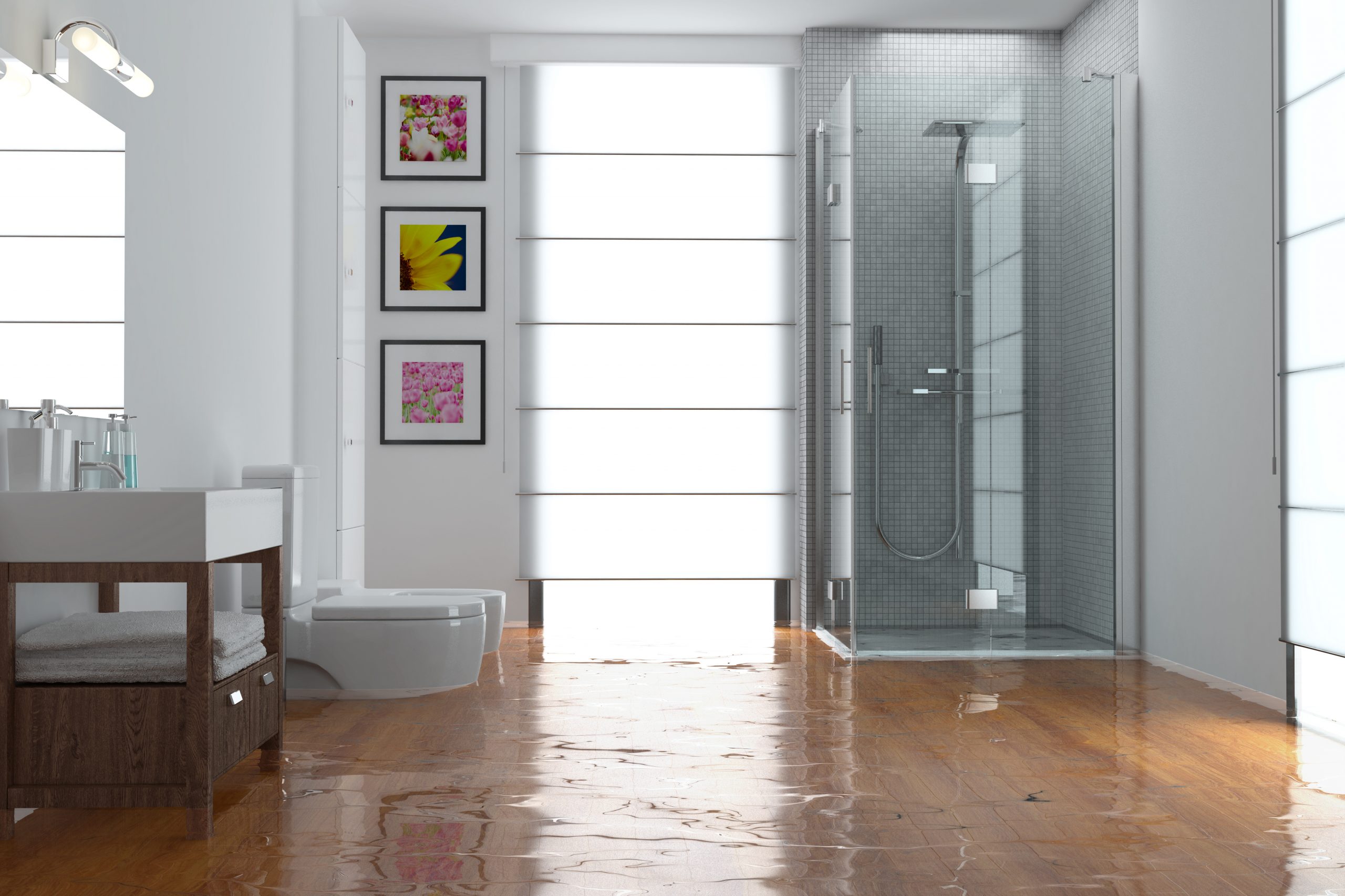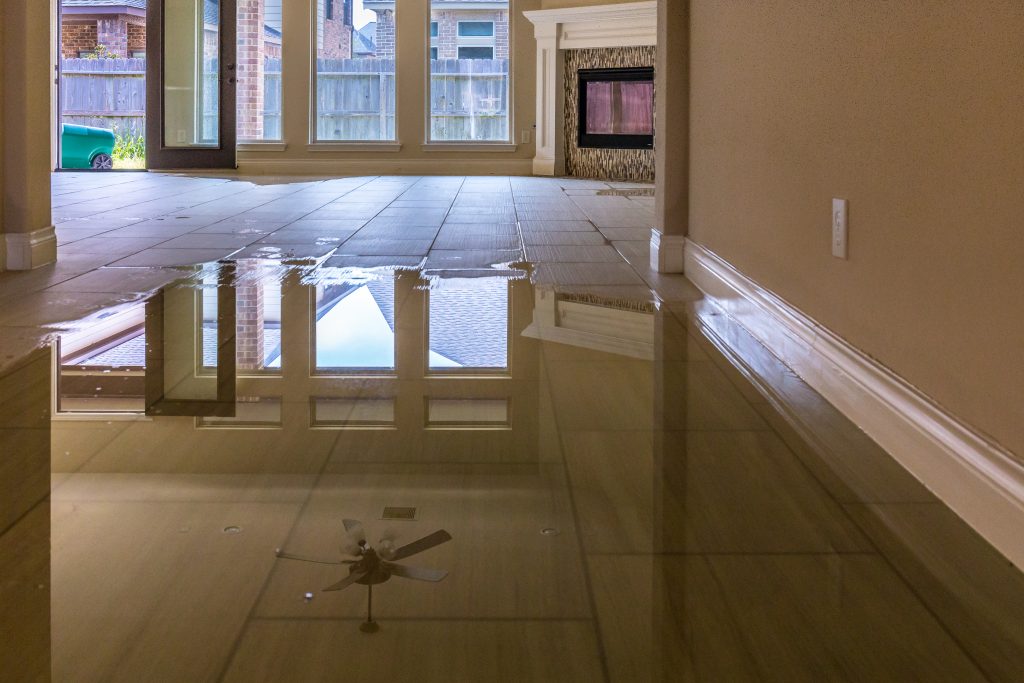The effects of water damage on a property can be highly damaging. The national average of restoration costs goes from $1,200 to $5,000. Homeowners also need to factor in at least $3,000 for gray water extraction and services to dry the walls. If the situation calls for black water extraction, that cost can go as much as $50,000 on the national average.
For Tam Bay Construction, as a leading provider of water damage restoration services, prevention will always be better than cure. After all, untold health and property issues stem from water damage.
While it’s impossible to predict what might happen with weather or incidents around the house, these tips can help you stay protected against water damage.
Always be aware of the location of stoppers and valves
Know where the stopcocks, plugs, valves, and other items are. These keep water from getting out. It’s crucial to be aware of where these things are so you know how to turn the water off at any time and that you can check these places first in case of leaks. It’s also a good idea to install an emergency pressure release valve. In the case of frozen pipes, you can stop the risk of bursting them by releasing pressure.
At this point, you must also familiarize yourself with the workings of your indoor plumbing. Inspect hoses, faucets, showers, and tubs. Know where the water flows and how the pipes work. When you’re away on vacation, ensure that you shut off the water supply so you’re not unnecessarily using up water and preventing any instances of leaking while you’re away.
Keep your gutters clear
During heavy rains and hurricanes, there is a high risk of flooding. On the approach of these severe weather changes, check your roof inside and out for leaks and ensure that your gutters aren’t just clear of leaves and debris, but the downspouts are also clear.
This ensures that rain will not penetrate your home and that there is a clear avenue for water to run off the building. It reduces the overall risk of accumulating water on the roof area that could potentially spill indoors.
Reseal your basement
If you’re not confident about the water tightness of your basement, resealing it is always a good practice, especially for older homes. Water in the basement accumulates following cracks on the foundations and floors.
You may not experience leaks from the roof during heavy rain, but that doesn’t mean that the water isn’t still getting into the house through these cracks. The result is that the water pours into the basement instead, causing it to flood and develop water damage. Paint vulnerable areas with a strong sealant or have it professionally done.

Seal the exterior
In the same vein, sealing the exterior of your home is also part of smart water damage prevention. After inspecting your roof and sealing the basement, you can caulk and seal windows and stucco to ensure water doesn’t get in despite rain.
Don’t forget to check sprinklers if you have a lawn or a garden. Outdoor garden hoses and faucets can be a source of water leaking into the walls and potentially damaging your home. Ensure that they are also in working order and are not leaking.
Consult professionals for both prevention and repair
While most people may call a professional contractor to repair water damage, it’s wiser to call one before the damage happens in the first place. The experienced eye of a professional can detect areas where there may be cracks, leaks, or issues. They can reverse the existing water damage, but they can keep the same thing from happening again.
Tam Bay Construction takes pride in our team of skilled professionals who use advanced techniques in water damage restoration, making your home once again safe and watertight. Contact us today for an appointment.


